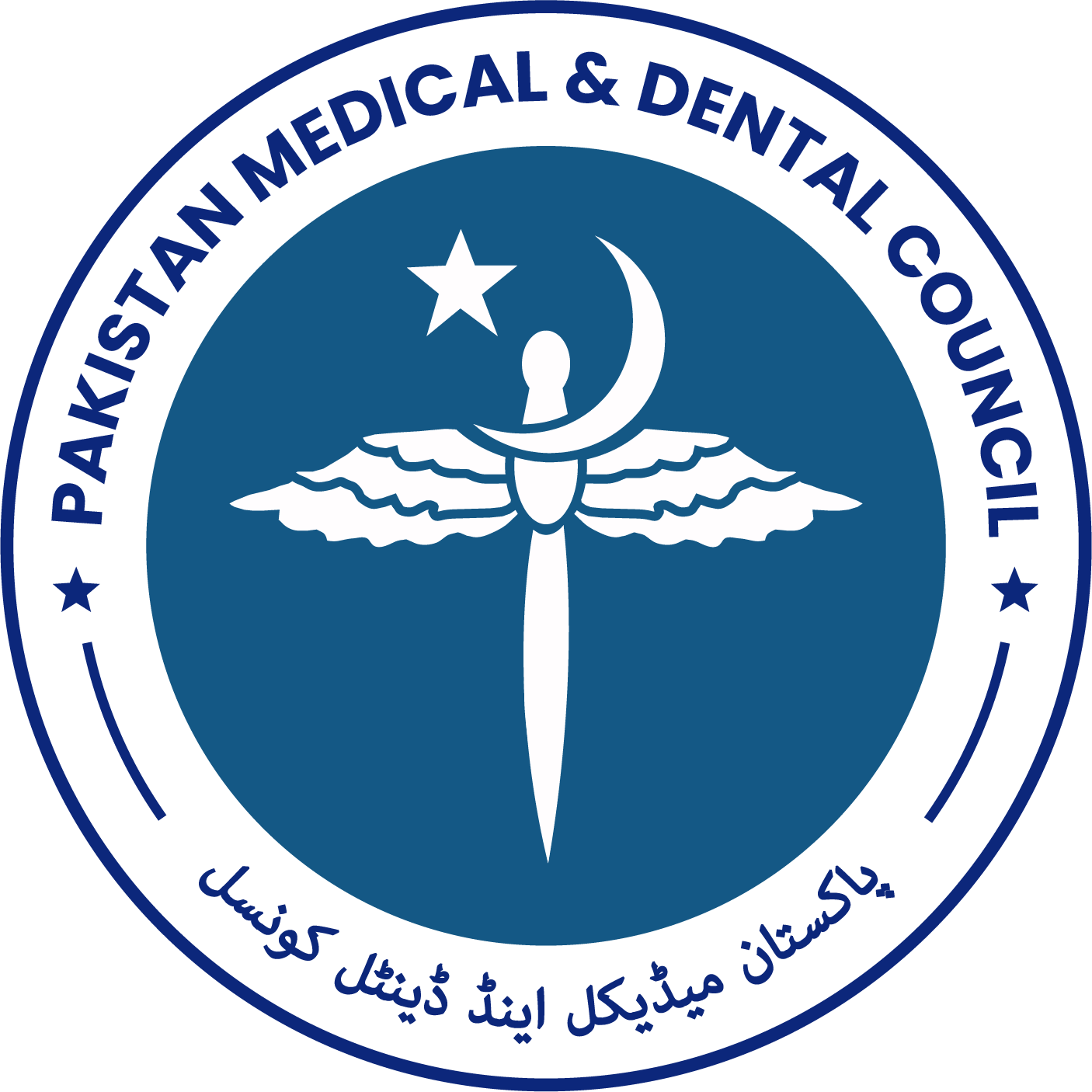Post-Publication Discussions and Corrections
Life and Science publishes corrections only when significant errors arise from author error (Corrigenda) or editorial mistakes (Errata). If there is a serious complaint about a journal’s own procedures, the managing editor will confer with the corresponding author and any relevant members of the editorial board in order to resolve the problem. The advisory board of Journal will be consulted if further guidance is required.
1. Correction and Retractions / Republications and Version control
The journal discusses matters of debates as letters to the editor or as print/electronic correspondence, or as posts in a journal-sponsored online forum. The journal considers all updates of previous publications (e.g., an updated systematic review or clinical guideline) as new publication rather than a version of a previously published article A correction will be published in the journal if honest scientific error of fact is made The journal will follow ICMJE standards for publication of correction:
- The journal will publish a correction notice as soon as possible detailing changes from and citing the original publication; the correction will be on the electronic or numbered print page that is included in an electronic or a print Table of Contents to ensure proper indexing.
- The journal will also post a new article version with details of the changes from the original version and the date(s) on which the changes were
- The journal will archive all prior versions of the article. This archive will be made available to the reader on
- Previous electronic versions will prominently note that there are more recent versions of the
- The citation will be to the most recent version
- The journal will have the right to retract any published article if the scientific errors invalidate results, interpretations and
- Retraction with republication by the journal will only be consider when the errors are judged to be unintentional, but has led to a major change in the direction or significance of the results, interpretations, and In this case, if the changed version of the paper survives further review and editorial scrutiny, only then retraction with republication of the changed paper will be considered, with an explanation to allow full correction of the scientific literature.
2. Scientific misconduct, expressions of concern and retraction
The journal encourages reviewers / readers to comment on ethical issues, validity of submitted research paper, so as to identify subtle and/or blatant type of plagiarism, research and publication misconduct (e.g. inappropriate research design, incomplete detail on participant’s consent, data manipulation). Scientific misconduct includes data fabrication and falsification. Data falsification includes deceptive manipulation of images and plagiarism. Plagiarism is defined by HEC Plagiarism Policy as "taking and using the thoughts, writings, and inventions of another person as one's own". These include but are not limited to the following:
- Verbatim copying, near-verbatim copying, or purposely paraphrasing portions of another author's paper or unpublished report without citing the exact
- Copying elements of another author's paper, such as equations or illustrations that are not common knowledge, or copying or purposely paraphrasing sentences without citing the
- Verbatim copying portions of another author's paper or from reports by citing but not clearly differentiating what text has been copied (e.g. not applying quotation marks correctly) and /or not citing the source
- The unacknowledged use of computer programs, mathematical / computer models / algorithms, computer software in all forms, macros, spreadsheets, web pages, databases, mathematical deviations and calculations, designs / models / displays of any sort, diagrams, graphs, tables, drawings, works of art of any sort, fine art pieces or artifacts, digital images, computer-aided design drawings, GIS files, photographs, maps, music / composition of any sort, posters, presentations and tracing.
- Self-plagiarism that is, the verbatim or near-verbatim re-use of significant portions of one's own copyrighted work without citing the original
The journal carries objective check through Turnitin and/or searching for similar titles to the submitted research paper. The journal will carry out individual assessment of each case of alleged scientific misconduct. An investigation committee headed by the editor will contact the corresponding author with his enclosed signed authorship statement and documentary evidence of misconduct, for an explanatory response. If the investigation proves scientific misconduct, then the journal will publish a retraction of the article. The journal will prominently label the retraction, on electronic or numbered print page or a print table of contents














